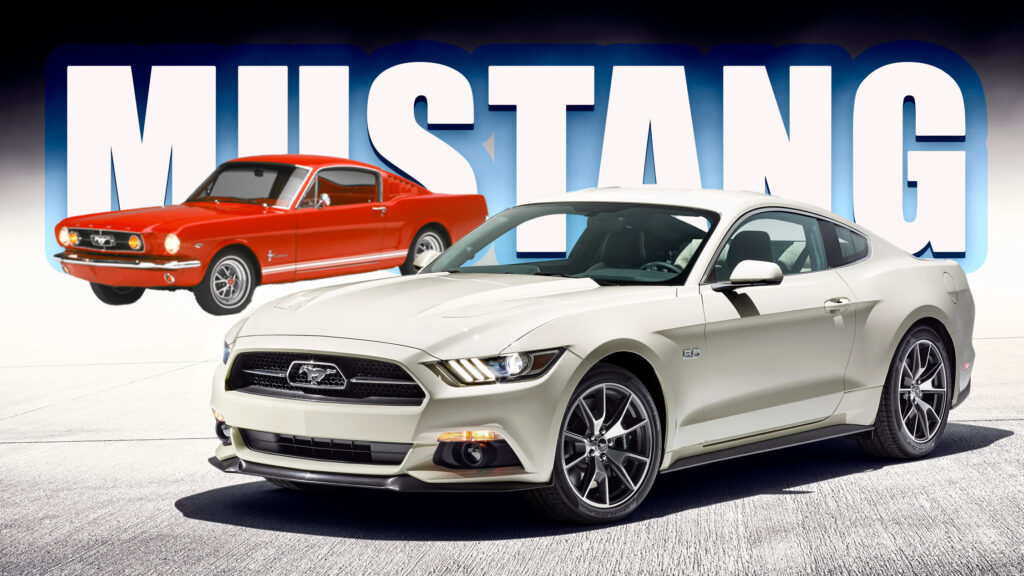The Ford Mustang turns 60 next week. It’s outlived every one of the imitators it inspired, and though the original pony car now sells around one 12th as many units as it did during its 1960s peak, it remains a cultural icon and is one of the few new cars still available with a V8 and a manual ‘box.
To last that long, the Mustang has had to adapt to changes in technology, consumer demand and government regulations along the way. But which generation did it best?
Related: Ford Mustang 60th Anniversary Retro Package Teased, Debuts April 17
Ford categorizes all of the 1964-1973 cars as belonging to one generation, but they were so different in terms of style and/or mechanics that we’ve broken them out into separate series. Read our mini Mustang bios to refresh your memory and then vote in our poll.
1964.5-1966
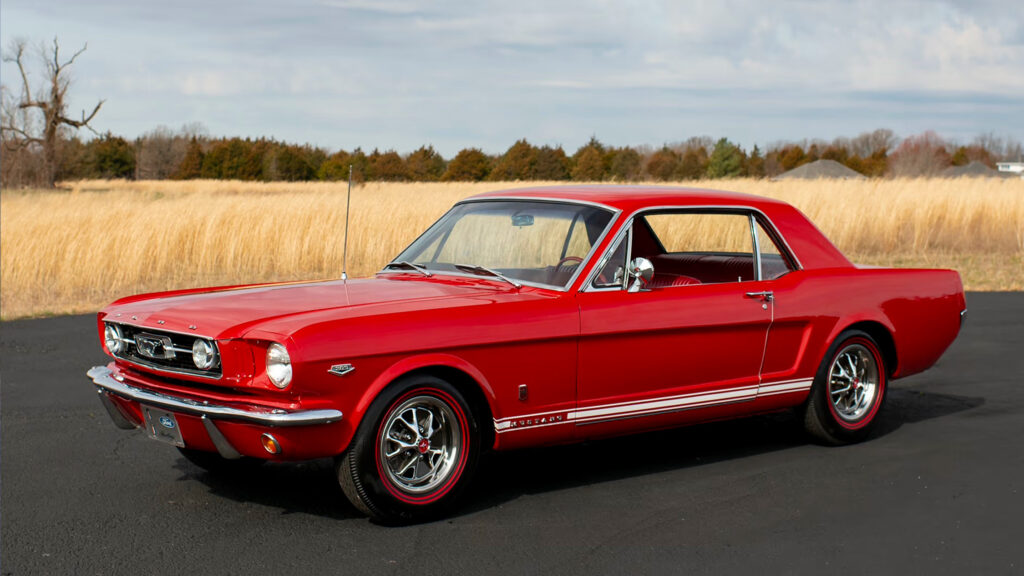
Proving that it’s marketing and not innovative engineering that sells cars, the original Mustang was just a reskinned Falcon compact, a classic case of smoke and mirrors. But it looked great and offered a ton of personalization options, helping it find a staggering 608,000 units in 1966 alone.
1967-1968
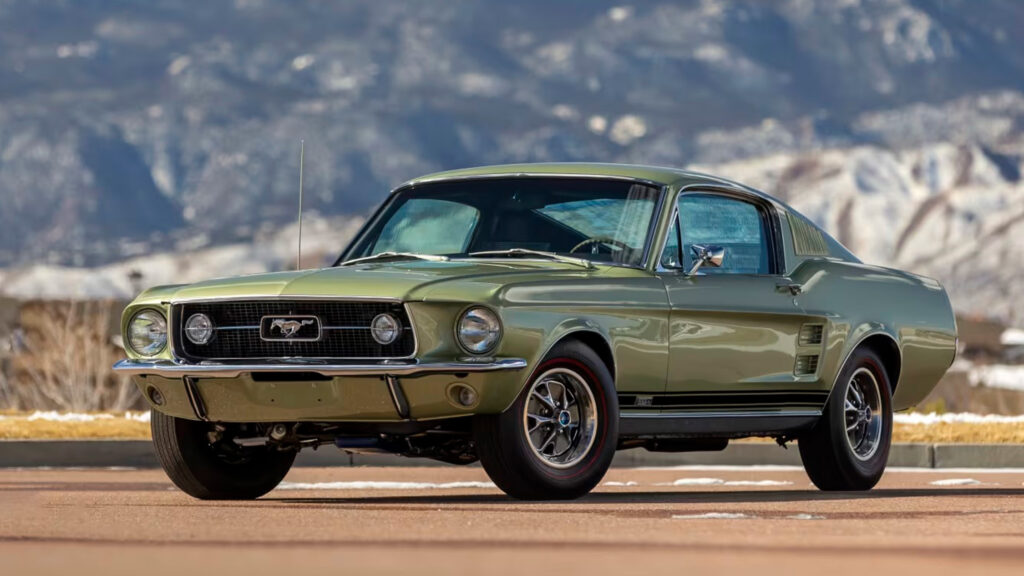
Detroit’s horsepower was in full swing by the second half of the 1960s and Ford’s first Mustang redesign included a roomier engine bay that could accommodate big-block V8s.
1969-70
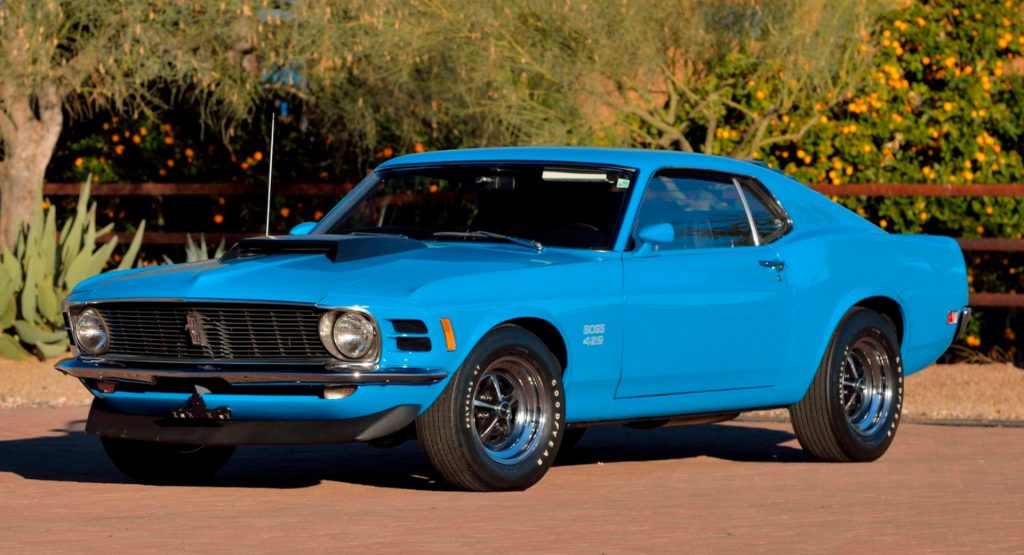
Longer, wider and lower, the 1969 ’Stang introduced legendary model names like the Mach 1 and Boss. But economy-minded buyers could still get a thrifty inline six – think of it as the Ecoboost of its day, but without the boost.
1971-73
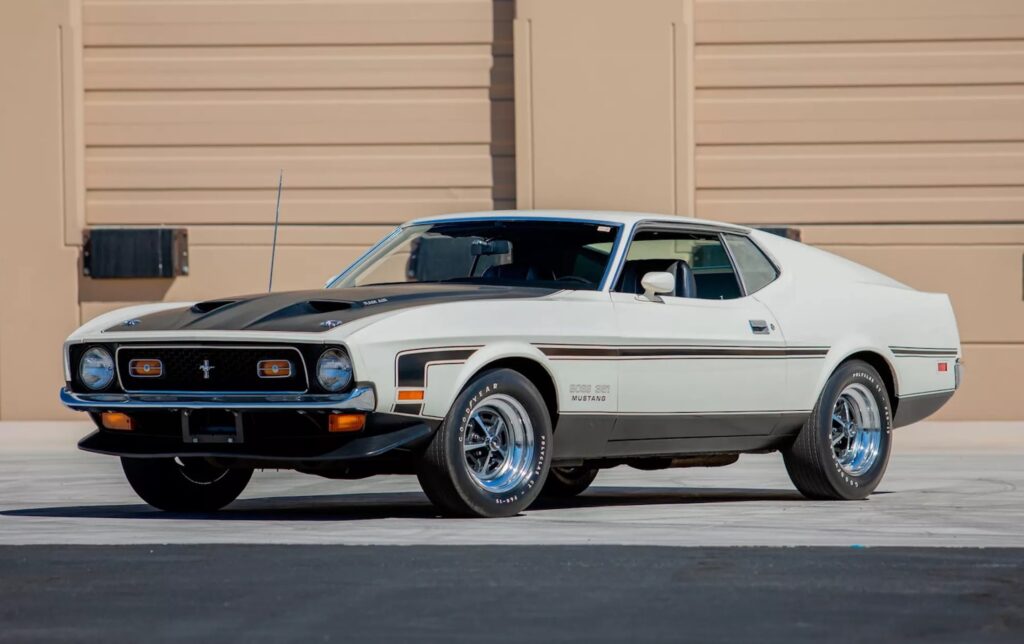
The biggest Mustang yet featured supercar-like styling and was available with a huge 429 cu-in (7.0 liter) V8, but it scored the lowest sales number up to that point as buyers migrated to nimbler, greener cars that they could actually see out of.
1974-78
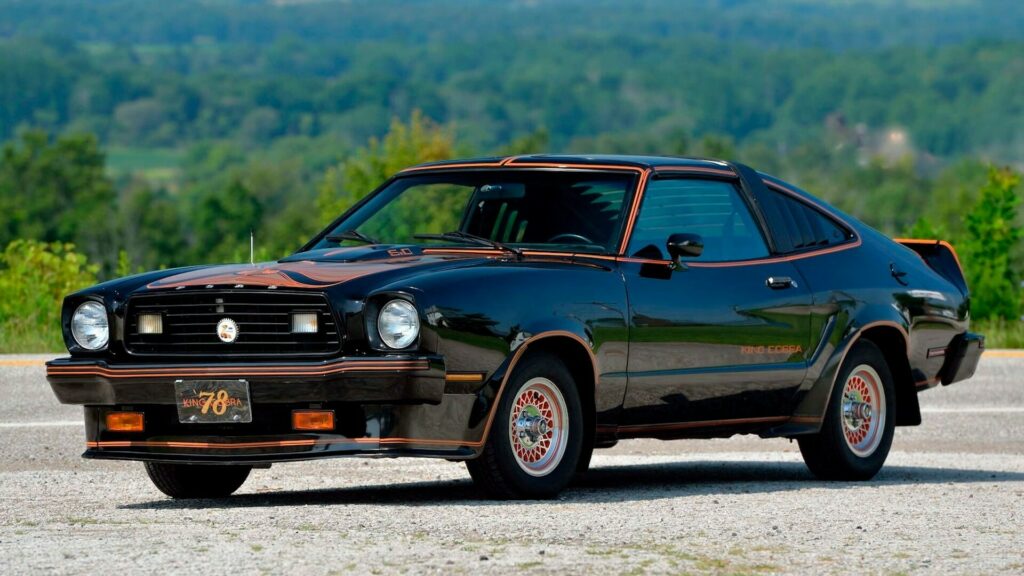
It’s the Mustang we all love to hate, and wasn’t even available with a V8 for its first year. But arriving in time for a crippling gas crisis, the II was the right car at the right time and sales tripled. Pity the fools.
1979-1993
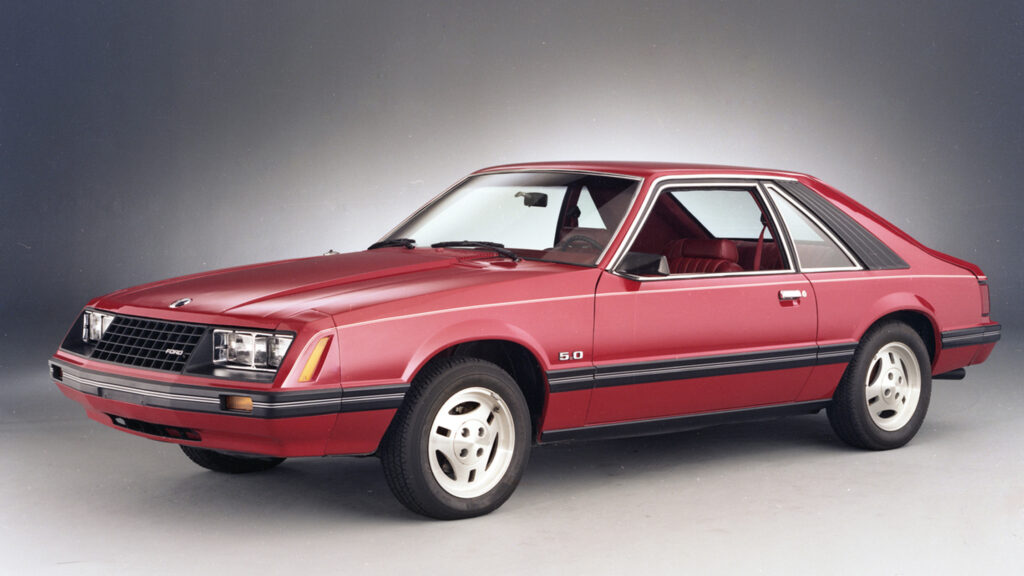
The Fox-platform Mustang introduced turbocharging, breathed new life into the V8 and offered massive scope for tuning. Decades later it’s still a popular car to mod and crash.
1994-2004
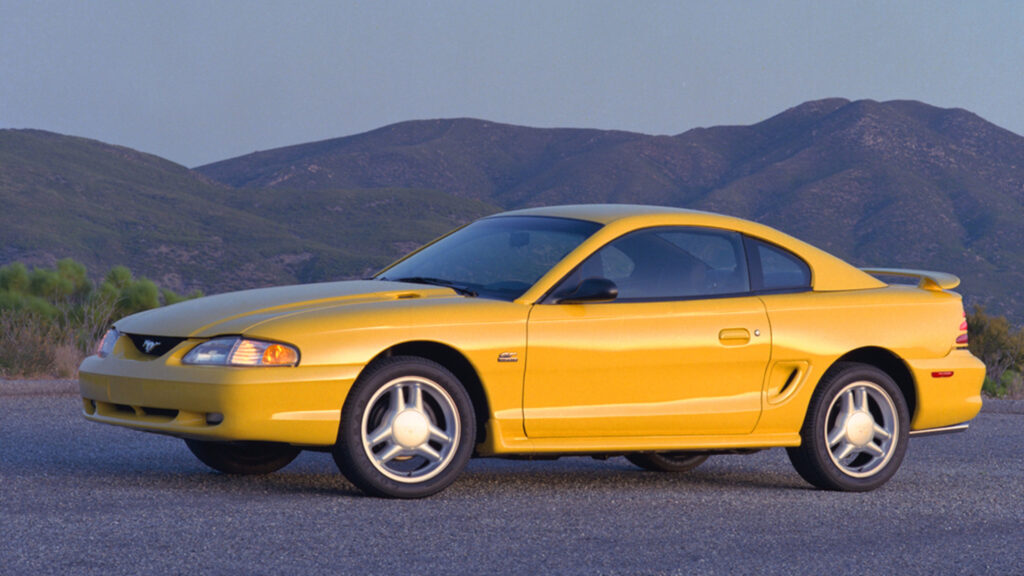
Ford applied some classic Mustang styling cues to the redesigned ’94, but there was nothing old-fashioned about the flagship Cobra’s DOHC V8 and multilink rear suspension.
2005-2014
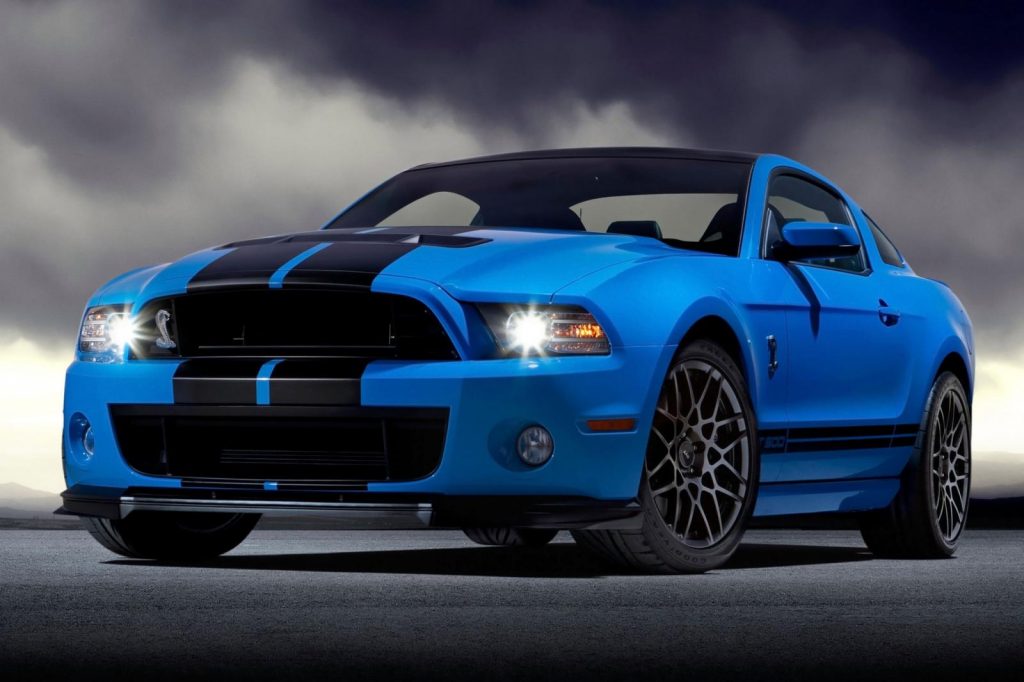
The retro boom was in full swing in the early 2000s and Ford’s reimagined Mustang grabbed onto the trend in time for the model’s 40th anniversary. A high point was the Shelby’s return after three decades away, the GT500 getting a supercharged V8 with up to 662 hp (670 PS).
2015-2023
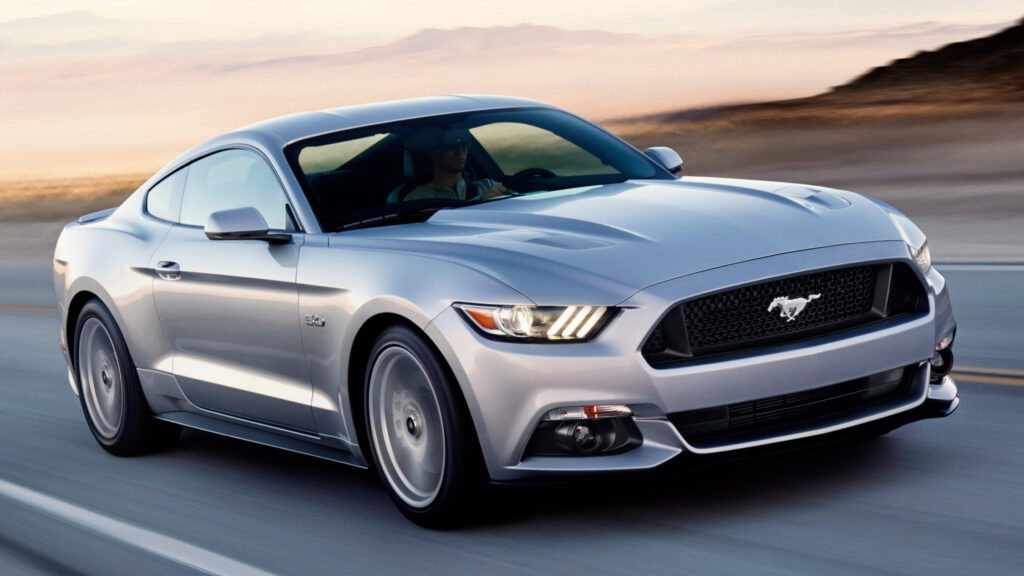
Slick styling, a standard multi-link rear and an entry-level turbo four that made almost as much power as the old GT’s V8? No wonder sales jumped by 50 percent. Crazy GT350 came with flat-plane crank V8 and revved to 8,250 rpm.
2024-date
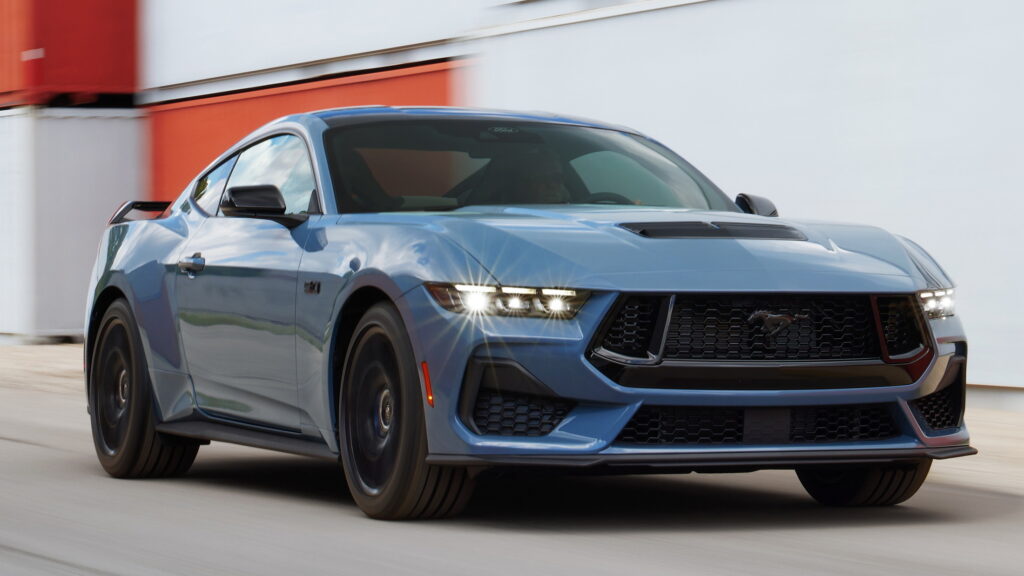
The Camaro and Challenger are gone, but the Mustang gallops on, this time with a fully digital dashboard and a $300k halo model, the GTD, that’s Ford’s answer to the Porsche 911 GT3.




